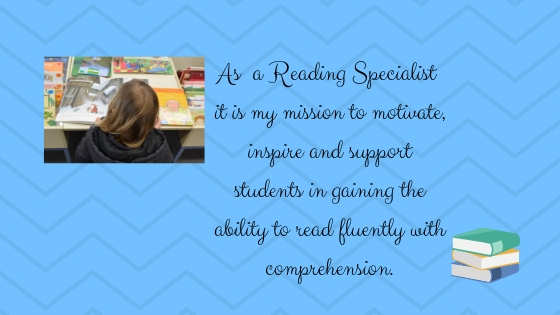The QFT process allows our students to further their ownership of learning. We have examined how a student will formulate questions. The next chapters are finalizing the QFT process and how what teachers need to know.
Chapter 5 Students Improve Questions
 In this chapter we review the questions developed. Students will find a way to dissect their questions. Rotherstein and Santana state that, “the construction and phrasing of a question shapes the kind of information you can expect to receive (2017, p85).” Using open and closed-ended questions will assist in the process. The steps to working with open and close-ended questions are:
In this chapter we review the questions developed. Students will find a way to dissect their questions. Rotherstein and Santana state that, “the construction and phrasing of a question shapes the kind of information you can expect to receive (2017, p85).” Using open and closed-ended questions will assist in the process. The steps to working with open and close-ended questions are:
- Providing definition
- Have students review their questions to determine if they are open or close-ended and marking them with an “O” or “C” based on what they are
- Discuss the advantages and disadvantages of both
| Close-Ended Questions
(One Word or answers yes or no) |
Open-Ended Questions
(answers need explanation) |
| Advantages | Disadvantages | Advantages | Disadvantages |
| · Quick
· Gives clear information · Very specific answers |
· Don’t give much information
· Not much discussion · Don’t learn what is needed · One-word answers don’t give extra information |
· More information
· Find out more · Full explanations · Hear other’s input · Can help you understand the topic more |
· Too much information
· Some information may not be needed. · Not everything can or will be understood · Don’t know what to do with answers · Confusing · Can be too long |
- Students will change questions from one form to another (Rothstein & Santana, 2017).
After students work with open and close-ended questions they will need to analyze and converge their questions.
Chapter 6 Students Prioritize the Questions

This is the section of QFT where your students will be changed. In this step they will connect with their questions and gain relative importance of the questions they asked (Rothstein & Santana, 2017). This is the prioritizing stage where they work on a life and learning skill. According to Rothstein and Santana the students will,
- “prioritize their questions based on criteria the teacher establishes.
- Learn from each other as they discuss and debate which questions should be the priority ones.
- Need to provide a rationale for why they chose their priority questions (2017, 101).”
Chapter 7 Next Steps
This chapter is an eye-opening one. We learn how doing QFT, or developing the questions, can help to better learning. This is the step students can use the questions. The questions can be used in different ways, all beneficial.
Rothstein and Santana tell about Jimmy Frickery and how using QFT helped “stretch and expand more flexible thinkers and better problem solvers (2017, 109).” Now that they have gained more knowledge they can reflect on their learning.

Production Tool Ref #12
Chapter 8 Students Reflect on Their Learning
 Reflection is a process everyone takes in life. This is where students recall the process and what they have learned. Rothstein and Santana list the steps as:
Reflection is a process everyone takes in life. This is where students recall the process and what they have learned. Rothstein and Santana list the steps as:
- “develop reflection activity
- Decide how to facilitate the reflection activity
- Support students during the reflection process
- Create a classroom process/structure for doing the reflection (2017, 126).”
This is a very important step where students gain further understanding, and now have completed the QFT process.
Chapter 9 A Memo to Fellow Teachers
Reviewing the QFT, many teachers have seen regards frustration and different outcomes of QFT (Rothstein & Santana, 2017). This is a process where students form their own questions and learn from them. This does not follow typical teaching methods but can be rewarding.
Chapter 10 Students and Classrooms Transformed
QFT is a process that is beneficial for both students and teachers. After completing the process both students and teachers will be changed. Teachers will have realized a new method of teaching and students will learn the value of developing informational gathering questions. According to Rothestein and Santana state that “the direct outcome of using the QFT: students as skilled thinkers and self-directed, motivated and independent learners.”
Conclusion Questions and Education, Questions and Democracy
Every student need to become active and successful learners. The QFT process allows us to”
- Improve Education through discovery, engagement and achievement,
- Achieve student questions and better teaching and
- Create student learning to ask questions that makes Democracy work better (Rothstein & Santana, 2017).
This proving beneficial to students and teachers for today and in the future.

